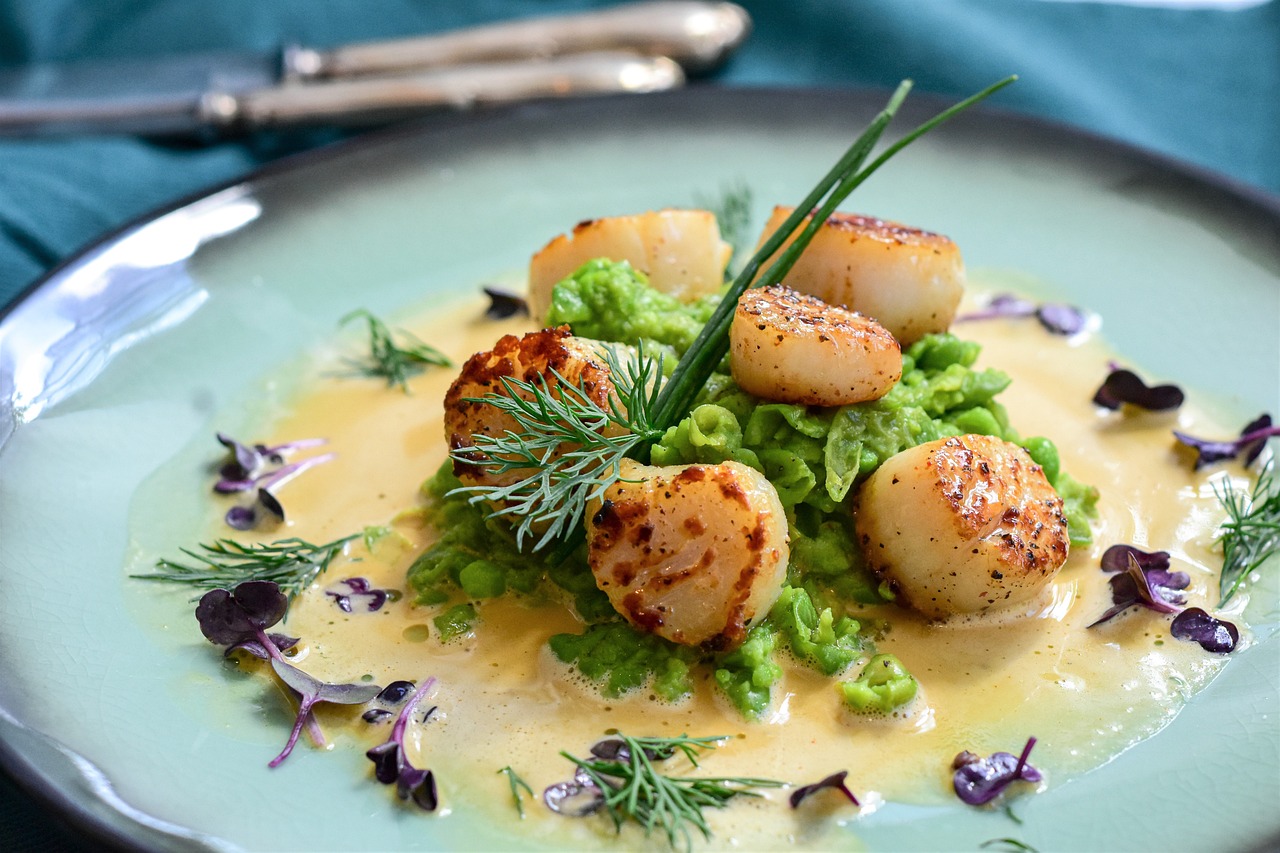The Art of Food Storytelling: Creating Compelling Narratives Around Culinary Experiences
Food storytelling holds a significant place in the culinary world as it goes beyond just the ingredients and recipes. By weaving narratives around food, we are able to evoke emotions, memories, and cultural connections that elevate the dining experience. Stories have the power to transport us to different times and places, allowing us to engage not only our taste buds but also our hearts and minds.
Through food storytelling, we are able to preserve traditions, celebrate diversity, and foster a deeper appreciation for the art of cooking and eating. It allows us to connect with others on a personal level, creating a sense of community and shared understanding through the universal language of food. When we share the stories behind our meals, we invite others to join us on a journey of flavors, textures, and aromas that leave a lasting impression.
The Power of Emotions in Culinary Narratives
In the world of food storytelling, emotions play a crucial role in captivating audiences and creating lasting culinary experiences. The ability to evoke feelings of nostalgia, comfort, excitement, or even surprise through the narrative woven around a dish or a recipe can deeply resonate with individuals on a personal level. Emotions serve as the bridge that connects the sensory experience of taste and aroma with the rich tapestry of memories and associations that make up our individual relationships with food.
When a dish is presented not just as a combination of ingredients and flavors, but as a story that stirs the soul, it elevates the dining experience to a whole new level. Emotions have the power to create a sense of connection between the creator of the dish, the ingredients used, and the individuals enjoying the meal. Whether it’s the warmth of a homemade soup that reminds us of a cozy evening by the fireplace or the excitement of trying a new exotic dish that transports us to distant lands, emotions add depth and meaning to the act of eating beyond mere sustenance.
Why is food storytelling important?
Food storytelling helps to create a connection between the food and the consumer, evoking emotions and memories that enhance the overall dining experience.
How can emotions be conveyed through culinary narratives?
Emotions can be conveyed through descriptions of flavors, textures, aromas, and the cultural significance of the dish. Personal anecdotes and memories associated with the food can also evoke emotion.
What impact can emotions have on the dining experience?
Emotions can greatly enhance the dining experience by creating a sense of connection, nostalgia, comfort, or excitement. They can also influence how the food is perceived and enjoyed.
Can culinary narratives influence food choices?
Yes, culinary narratives can influence food choices by making certain dishes more appealing or enticing based on the emotions and memories they evoke. This can lead to a more memorable and satisfying dining experience.





